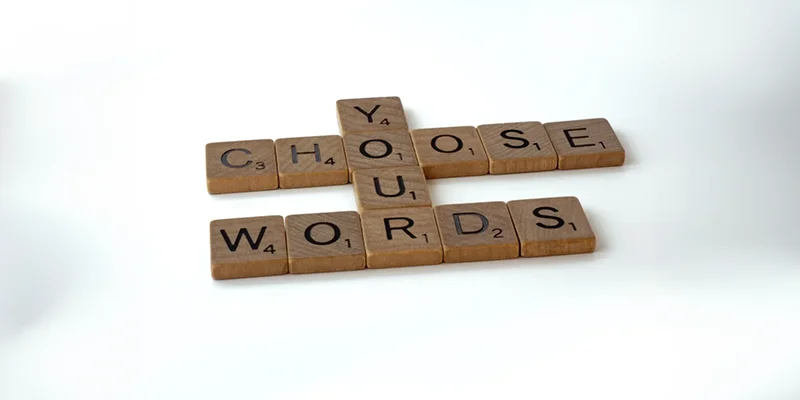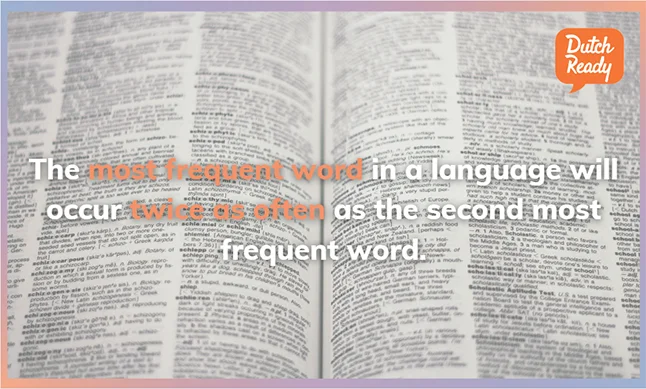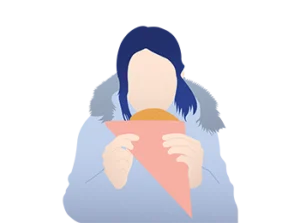

Zipf’s law, named after linguist George Zipf, is a principle in linguistics that describes the frequency of words in a language. However, It seems that French stenographer Jean-Baptiste Estoup noticed the pattern before it was popularized by Zipf (Fairthorne, 1969). According to Zipf’s law, the frequency of a word is inversely proportional to its rank in a frequency table. In other words, the most frequent word will occur twice as often as the second most frequent word, three times as often as the third most frequent word, and so on.
Zipf’s law has been observed in various languages and has been found to hold true across a wide range of language corpora (Fagan & Gençay, 2010). The law has been used to analyze the vocabulary of languages, predict the difficulty of language learning, and even to design more efficient computer algorithms.
While it has been observed that Zipf’s law holds true for all languages, including constructed languages like Esperanto (Manaris et al., 2006), the exact reason for this is still not fully understood.

Photo by Joshua Hoehne on Unsplash
It matters because this means that you can cheat your way to basic Dutch fluency by carefully selecting the vocabulary you study. Luckily, we can estimate how many words we need to speak and understand Dutch, at least in a basic form.
According to Zipf’s Law:
The first few words make up much more of the vocabulary than words that are ranked lower in frequency. From 50 to 100 words the coverage jumps from 25% to 50%. However, by adding an additional 250 words to the top ranked 500 words, you’ll only add 5% coverage. And after that each new word will cover only a smaller and smaller percentage of spoken or written Dutch.
By focusing on just 750 words you can learn about 80% of the words found in common spoken and written Dutch. Don’t think you can manage 750 words? By learning just 250, you’ll already be able to understand 65% of spoken and written Dutch.

Photo by Chris Benson on Unsplash
The first 250 words will cover mostly words that are absolutely core to the language. Verbs like ‘hebben’ (to have), ‘zijn’ (to be), ‘willen’ (to want), ‘eten’ (to eat), ‘drinken (to drink), etc. Nouns focussing mostly on the family and work. Adjectives that demonstrate clear differences such as ‘groot’ (big) and ‘klein’ (small) or ‘nieuw’ (new) and ‘oud’ (old). These words will be enough to understand very basic conversations and communicate simple ideas.
The next 250 words, bringing us up to 500 words, covers just 10% of the Dutch vocabulary. However it helps broaden understanding with verbs such as ‘geven’ (to give), ‘helpen’ (to help), ‘proberen’ (to try), and ‘wachten’ (to wait). Nouns focus more on spaces, the body and other people. You’ll also see a bunch of words that are used to express emotion. These 250 words help express your feelings and relate to other people and things.
The next 250 words, bringing us to a total of 750 words, cover just 5% of the words in spoken and written Dutch words. These words add important new skills, such as the words related to counting and family. Verbs such as ‘zoeken’ (to search), ‘vallen’ (to fall), and ‘slapen’ (to sleep) further expand your ability to have simple conversations.
We’ve done a corpus analysis of over 20.000 hours of spoken Dutch in tv-programmes. From all that data we’ve collected the 750 most frequently occurring words and stuck them together in a convenient list to help you study. You can get started with our Core Vocabulary lists for free on Quizlet.
Over time, however, we have further expanded our vocabulary list. Want to be able to accomplish more than just basic conversation? Our Core Vocab tool, available for free download from our website, makes everyday conversation even easier. The list contains more than 3,000 words, conveniently divided into word categories and including conjugations of all verbs in three tenses. By consulting the list regularly and using smart learning techniques such as Spaced Repetition, you’ll make great strides toward fluency from day one.
Want to actually put those new words into action? During our private lessons you’ll have more than enough time to practice. Personal 1 on 1 guidance from one of our tutors ensures you’ll make amazing progress in very little time. Read more about our online and offline Dutch lessons here.
Scientific references in this article
We believe science-backed education is the future. Therefore we will always include links to the scientific research on which we base our methodology. The articles cited in this article are:
Fagan, S., & Gençay, R. (2010), “An introduction to textual econometrics”, in Ullah, Aman; Giles, David E. A. (eds.), Handbook of Empirical Economics and Finance, CRC Press, pp. 133–153.
Fairthorne, R.A. (1969). “Empirical Hyperbolic Distributions (Bradford‐Zipf‐Mandelbrot) for Bibliometric Description and Prediction”. Journal of Documentation. 25 (4): 319–343.
Manaris, B., Pellicoro, L.; Pothering, G., Hodges, H. (2006). Investigating Esperanto’s statistical proportions relative to other languages using neural networks and Zipf’s law. Artificial Intelligence and Applications. Innsbruck, Austria. pp. 102–108.
Want to learn Dutch fast? Check out our other blogs about effective language learning, like our article on effective note taking with the Cornell Method, follow us on Instagram for mini lessons, or explore the Dutch language and culture with private Dutch lessons!
Language lessons & materials designed to help you learn Dutch fast. Use what you know, simplify what you don’t.

Hi! We just wanted to let you know that we use cookies on our site. These cookies enhance your experience, improve the quality of our site, and help us show you things that are more likely to be relevant to you. You have the option to manually allow third parties (including our advertising partners) to enable cookies on our website. By clicking 'Accept', you're agreeing to the placement and use of cookies described in our Cookie Policy. That's all. Thanks for reading!